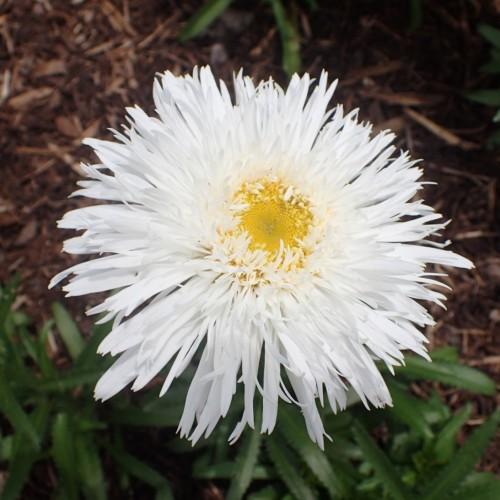
shasta daisy
Leucanthemum superbum 'Aglaia'
Cycle:
Herbaceous Perennial
Watering:
Minimum
Hardiness Zone:
5 - 9
Flowers:
Flowers
Sun:
Full sun
Leaf:
Yes
Growth Rate:
High
Maintenance:
Low
Drought Tolerant:
Yes
Care Level:
Moderate
watering
Shasta daisy plants should be watered when the soil is dry to the touch, which can vary depending on the climate they are in. Generally, it's recommended to water the plants twice a week during spring and summer, and once every week-to-10 days during fall and winter. However, the amount of water should be reduced in winter if the plant is exposed to cold temperatures. Make sure to water the soil in the pot or garden bed until water begins to come out from the bottom of the pot or between the plants in the bed. Over-watering this plant can cause root or stem rot, so it is important to ensure that water is not pooling around the roots.
sunlight
Shasta daisies thrive in full sun, meaning 6 to 8 hours of direct sunlight per day. It’s best to plant them in a well-draining location with plenty of direct sun in the morning and shade during the hottest part of the day. Depending on the climate, the optimal time for shasta daisies to receive direct sunlight is from late spring until fall.
pruning
Shasta daisies should be pruned yearly in late winter or early spring. Start by removing any dead, damaged, or diseased wood. Cut out any thin or scraggly stems and keep the flowering stems at a nice rounded shape. If the plant becomes too leggy, reduce its overall size by cutting it back by roughly 1-third. You can also remove any flowers that have already bloomed. If your shasta daisy becomes overgrown, it can be cut back hard to 15 cm (6 inches).
